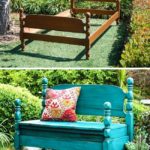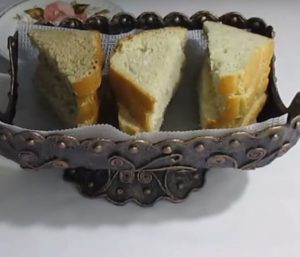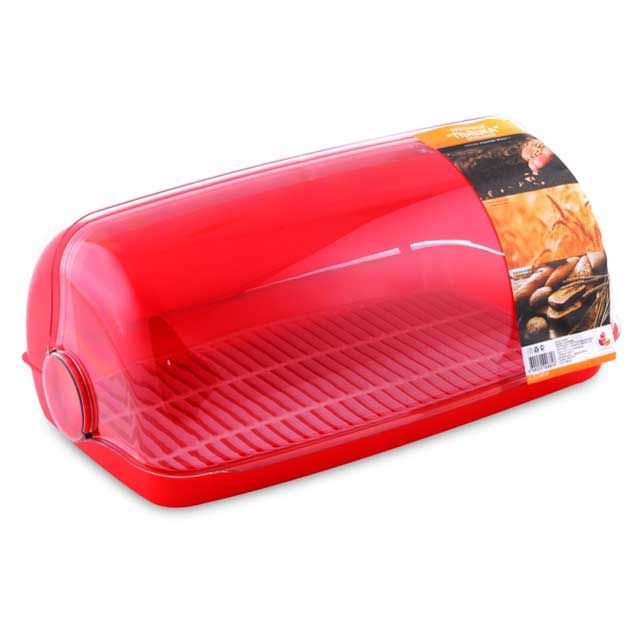What to make from an old bread box
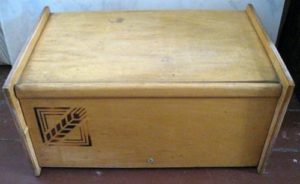 Every housewife has old but still high-quality utensils in her kitchen. Even if it has a discreet appearance and has ceased to be fashionable, it is still a pity to part with a familiar thing.
Every housewife has old but still high-quality utensils in her kitchen. Even if it has a discreet appearance and has ceased to be fashionable, it is still a pity to part with a familiar thing.
In many kitchens, this item becomes a bread box. Don’t rush to throw it away; you can give an old breadbox a second life. It will become a real art object, and will serve you faithfully for a long time.
The content of the article
What can be made from a wooden bread box

Old wooden products are of good quality. In particular, bread bins, wooden boxes with a hinged or sliding lid. Turn it into storage space, it will do the job perfectly. What can be stored after remodeling? Whatever you want! Spices or napkins, tea packaging, kitchen items and much more.
Reference. Wood is an environmentally friendly material, so it makes a great box for vegetables.
We'll tell you how to make the right storage container with your own hands.
Materials and tools for work
You will need to prepare everything you need in advance according to the list provided.
- Breadbox.
- Sandpaper (“skin”).
- PVA glue.
- Primer.
- Wood paint.
- 4 wooden planks.
- 2 shelves + 2 corners.
- Self-tapping screws.
Operating procedure
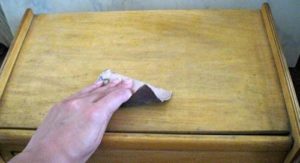
- Walk the sandpaper over the box, strip off the old layer of varnish or paint.
- Screw the four strips with self-tapping screws to the box - these will be the legs.
- Fasten the corners and place two shelves on them.
- Wipe the entire structure with a dry cloth.
- Prime the almost finished cabinet.
- Mix glue and paint in a 1:1 ratio. Apply the mixture to the product. Give it time to dry.
- Apply a second coat - this time paint.
A box for storing vegetables with legs and shelves is ready.
Methods for restoring an old bread bin
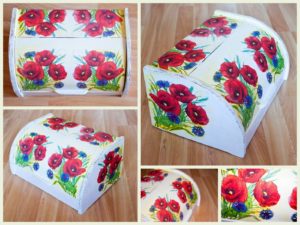
In almost every home there is an old bread bin. As a rule, these wooden or plastic products are monochrome and boring in design. With the help of your imagination, using various methods (such as gilding, silvering, shearing and others), you will give a seemingly unnecessary thing a second life.
To restore a wooden product, in particular, a bread box, we will offer several options: from simple repainting to complex techniques for implementing your ideas. They will help not only update the item. Restoration will help emphasize its rarity and add nobility. In general, the disadvantages of the old bread box can be turned into advantages.
Basic renovation techniques: painting, veneering, craquelure and decoupage.
painting
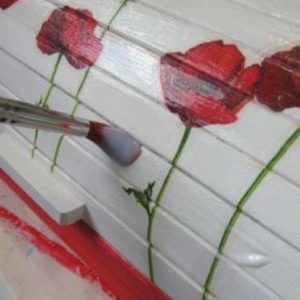
You will need wood paints, brushes and your imagination.
This method is suitable for those who know how to draw and confidently hold a brush in their hands. In this case, any design can be applied to the surface of the bread box: flowers, landscapes, birds, etc.
A beautifully painted wooden surface will not only add nobleness, but also tell about your subtle artistic taste.
Veneering
Prepare new veneer, glue, glue brushes and rubber gloves.
Quite time-consuming work, but it's worth it. You will need to glue the new surface onto the old one and secure it with glue.
Craquelure
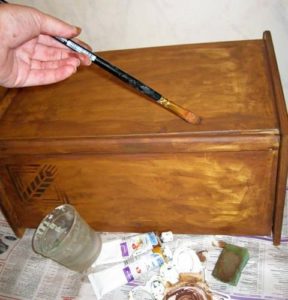
Buy craquelure paints, brushes for application, and protective gloves for your hands.
Craquelure is a special coating that is applied to the surface of the product and cracks when dried.
This decorating method will add style to your items. You will be able to give the appearance of an aged, noble surface to an ordinary object.
Decoupage
You will need three-layer napkins, glue, varnish, scissors, brushes.
Decoupage is decoration method using paper appliqués. It hides defects well and renews wooden surfaces.
Using this technique, you can easily update and restore the facade of any piece of your interior.
Let's take a closer look at this restoration technique.
Decorating an old bread box using decoupage technique

Decuoper, or in our opinion decoupage, is the name of a surface design technique. Translated it means “to cut out.”
Reference. Initially, Venetian masters worked in this technique. They cut out images to decorate furniture and covered the design with dozens of layers of varnish to secure it.
This is how they copied complex Chinese and Japanese furniture patterns.
Nowadays, this technique is very common and quite popular. It is used to decorate clothes, cutlery and household appliances, jewelry, watches and boxes made of wood and other materials.
The choice of products for decoration is not limited; you can work with the following surfaces:
- metal;
- glass;
- ceramic;
- wooden and others.
Decoupage of a wooden bread box
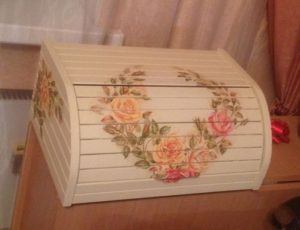
What to prepare for processing the product
To perform the decoupage technique well, you will need the following materials.
- Napkins with a pattern.
- Sandpaper.
- Scissors.
- Acrylic primer, acrylic paint, wood varnish.
- PVA glue
- Brush.
Operating procedure
- Cleaning up wooden bread box with emery cloth.
- Apply a layer of acrylic primer, let it dry.
- Using a brush paint the entire surface of the product. Allow time for it to dry completely.
- Apply another coat of paint. The number of repetitions is not limited, depending on your desire and taste.
- We cut out the designs on napkins, grease them with PVA and glue them onto the surface of the bread box in a loose order. Dry the glue thoroughly.
- Finally, apply a fixing layer of varnish.
Decoupage of a plastic bread box
Materials and tools
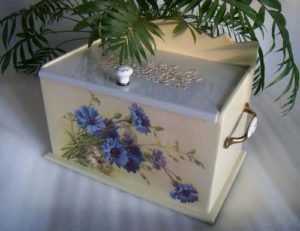
Prepare in advance everything you need for work.
- Alcohol wipes.
- Acrylic paints and varnish.
- Sponge
- Three-layer napkins with a pattern.
- Adhesive for plastic surfaces.
- A simple pencil.
- Scissors.
Operating procedure
- Using alcohol degrease the surface products.
- Cover the bread box (outer side) with glue.
- Using a sponge apply acrylic dye.
Important! Remember to allow time for each layer to dry.
- Cut out your favorite images on napkins.
- Place the drawings on the bread bin and trace their outline with a pencil.
- Apply glue to the marked areas with a brush.
- Glue the cut out patterns.
- After drying secure your work with acrylic varnish.
Modern stores for handmade lovers sell special materials and blanks for works in the decoupage style. They will help decorate and give originality to any thing.
Happy creativity!


